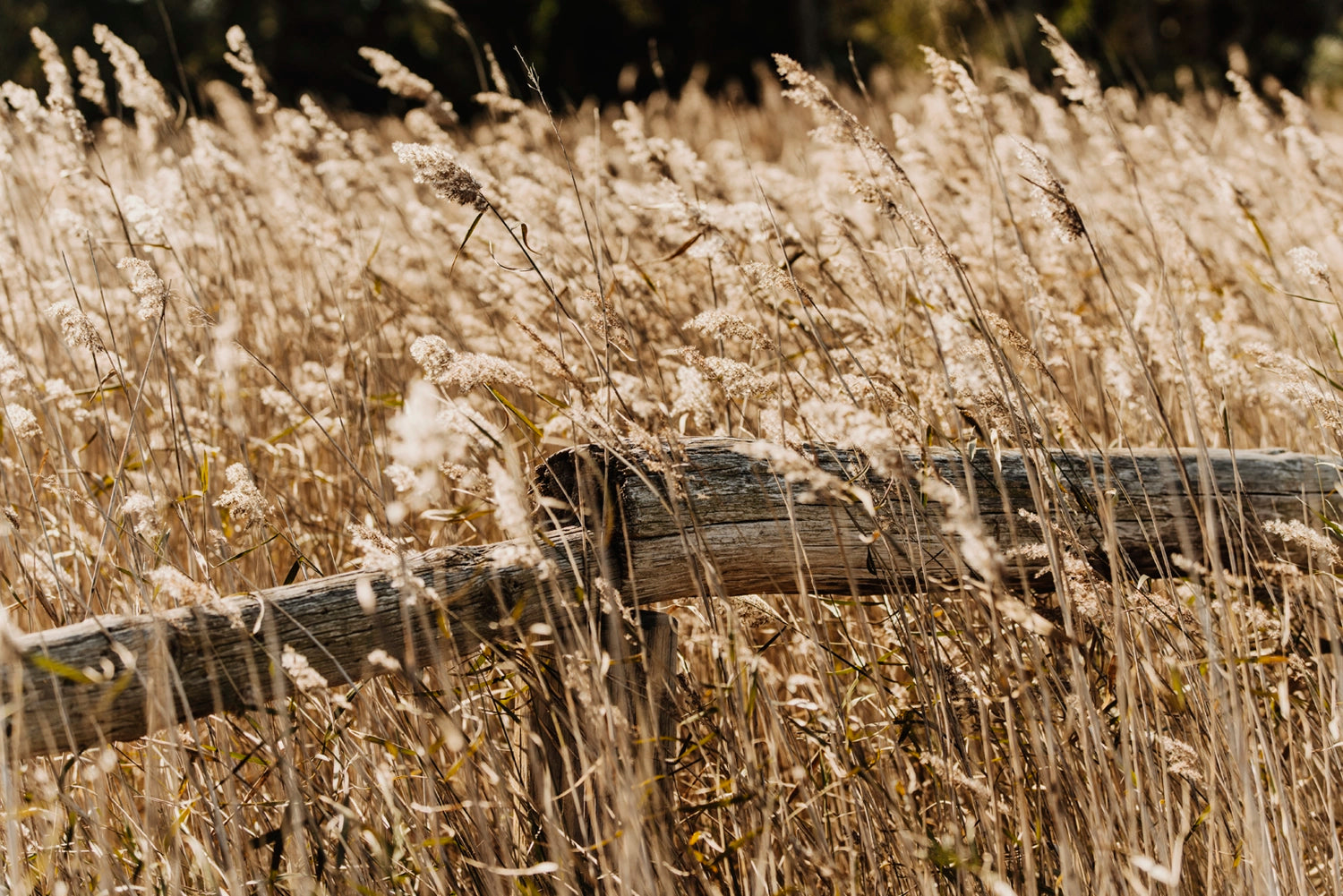FAQ
What is the difference between jam, preserves and jelly?
Jams, marmalades, and jellies are preserved foods made from fruits, vegetables, herbs, spices, and more.
The eternal question is: aren't jam and preserves the same thing?
There is a school of thought that argues that the difference lies in the amount of sugar used during cooking. Others argue that, while jam is made with whole or chopped fruit, marmalade is made with crushed or strained fruit.
At the Jam Museum, we follow the distinction made by the English, also approved by a European Union decree in 1995. This distinction refers to the preparation made with all citrus fruits as marmalade; and to the preparation made with other fruits and vegetables as preserves.
On the other hand, jelly is obtained by boiling the juice of juicy, pectin-rich fruits with sugar. Jellies have a bright color and a honey-like texture.
How are they preserved?
All our jams, preserves, and jellies have a two-year shelf life when unopened. They are best stored in a cool, dry place. However, once opened, they should be kept refrigerated and have a shelf life of approximately three months, with some fruits slightly less.
Our sugar-free compotes have a shelf life of 6 months when unopened and a maximum of 3 weeks once opened. Always keep refrigerated.
How do you preserve chocolate cream?
Our chocolate spread has a one-year shelf life when unopened. Once opened, DO NOT store in the refrigerator, as the olive oil will harden and the spread will lose its smoothness.
Are they vegan?
Yes, except for the Sheep's Tomato Jam.
Are they gluten-free?
Yeah.
How much sugar do they have?
Most of our jams and marmalades contain 42% sugar. Without that amount, it's very difficult to make the jam to the point we believe is perfect.


Do you have any more questions?
Questions, ideas, or craving jam? We don't bite, we just spread!
